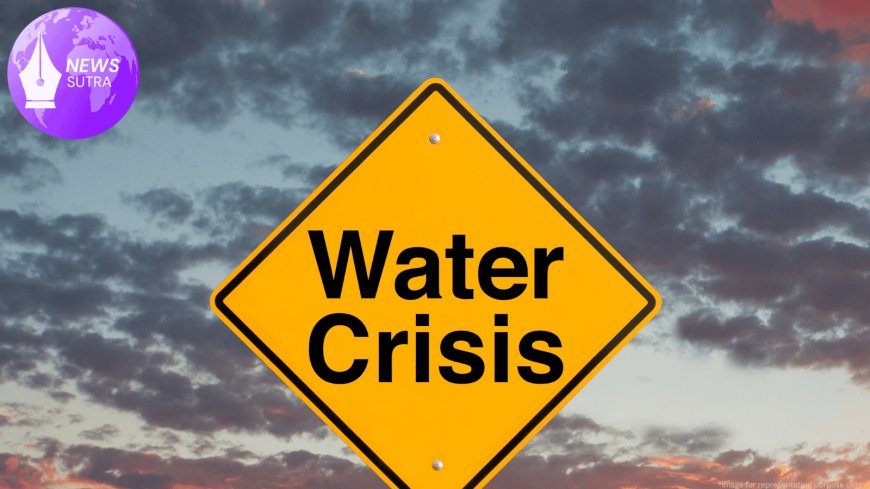America’s Water Crisis: Is the U.S. Heading Toward a National Shortage?
: Explore America's growing water crisis—from Lake Mead and the Mississippi to the Navajo Nation—as climate change, infrastructure decay, and policy gaps collide.

In recent years, water scarcity has evolved from a localized concern into a national emergency. Plummeting water levels at Lake Mead, the shrinking Mississippi River, and chronic shortages across the Navajo Nation underscore a brewing crisis that threatens drinking water, agriculture, industry, and communities across the United States. As climate change, aging infrastructure, and mismanagement intersect, the question looms: is America on the brink of a widespread water shortage?
Lake Mead: Receding Levels, Rising Alarm
Once a vibrant reservoir feeding millions—including Las Vegas—the water level at Lake Mead has hit historic lows, exposing dusty shorelines and revealing submerged infrastructure. For the first time since its creation, the reservoir dipped below "dead pool" risk levels, limiting hydroelectric power generation, increasing the costs of water delivery, and prompting emergency conservation protocols.
Experts warn that if trends continue—marked by prolonged drought and over-allocation—the repercussions could spread throughout the Southwestern U.S., affecting agriculture, energy production, and urban water supply.
The Mississippi River Runs Dry(er)
The Mississippi River, a vital waterway for commerce, irrigation, and drinking supply, is also showing signs of strain. Low water levels have delayed barge traffic, raised shipping costs, and strained industrial water intakes. Extended low flows also allow concentrated pollutants, affecting water quality for communities downriver.
Scientists link the river's fluctuation to erratic rainfall patterns, intensified drought cycles, and melting snowpack—all exacerbated by climate change.
Navajo Nation: Communities Still Without Running Water
For far too many on the Navajo Nation, running water remains a luxury. Decades after modern water systems reached most parts of the U.S., nearly a third of Navajo households lack indoor plumbing. Residents spend hours hauling water or relying on unsanitary sources for drinking and hygiene.
Culture and history are deeply intertwined with access to water. The ongoing crisis amplifies health concerns and heightens call for investments in water infrastructure—especially as fires, dust storms, and extreme temperatures increasingly complicate daily life.
Nationwide: Aging Infrastructure Meets Climate Stress
The United States faces a critical mismatch—much of its water infrastructure, including pipes and treatment plants, dates back over a century, yet was designed for a different climate and demographic landscape. Together with emerging threats like wildfires, heatwaves, and flash droughts, the pressure on this fragile system is mounting.
Even in wetter regions, infrastructure strain and contamination concerns—like lead in old urban pipes—persist, undermining both availability and safety.
What’s Being Done: Policy, Innovation, and Community Action
-
Federal Response: Agencies are increasingly prioritizing water resilience. The latest infrastructure bills include significant funding for modernizing water systems, expanding reuse projects, and restoring ecosystems.
-
Technological Innovation: Desalination, advanced recycling, precision irrigation, and leak detection technologies are gaining traction—though cost and scalability remain hurdles.
-
Local Leadership: Cities like Albuquerque and Phoenix are deploying water banking and reuse systems, while tribal councils are partnering with federal agencies to upgrade pipelines and storage on reservations.
Looking Ahead: A Crossroads for Policy and Survival
The United States stands at a pivotal juncture. Without meaningful, coordinated action on water—spanning climate policy, technology adoption, and infrastructure investment—the groundwork for widespread shortages is already laid. But with urgency—and investment—there's real potential to build resilient, equitable water systems that safeguard communities for generations.









